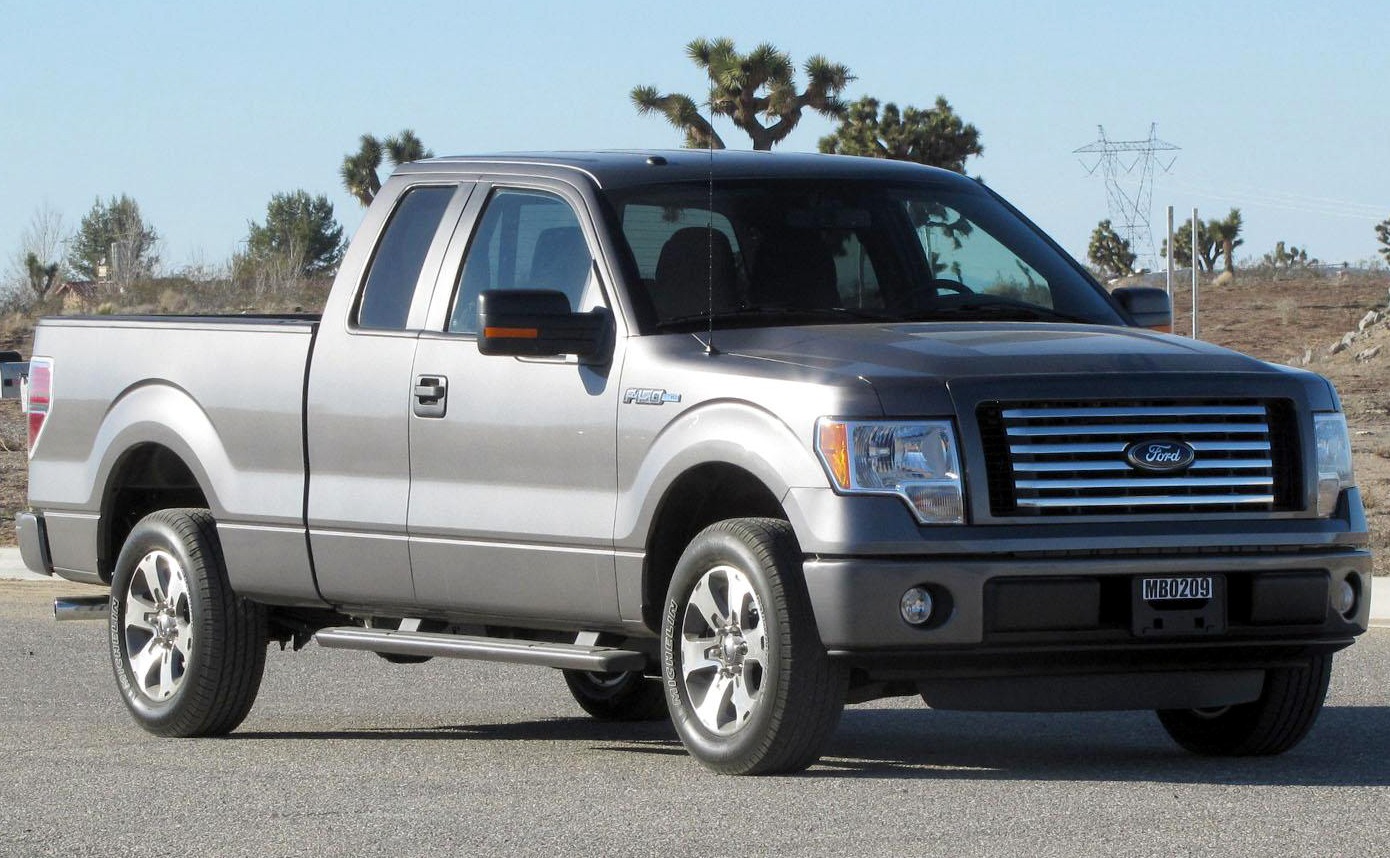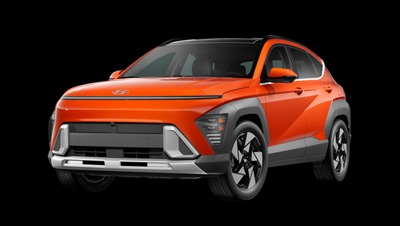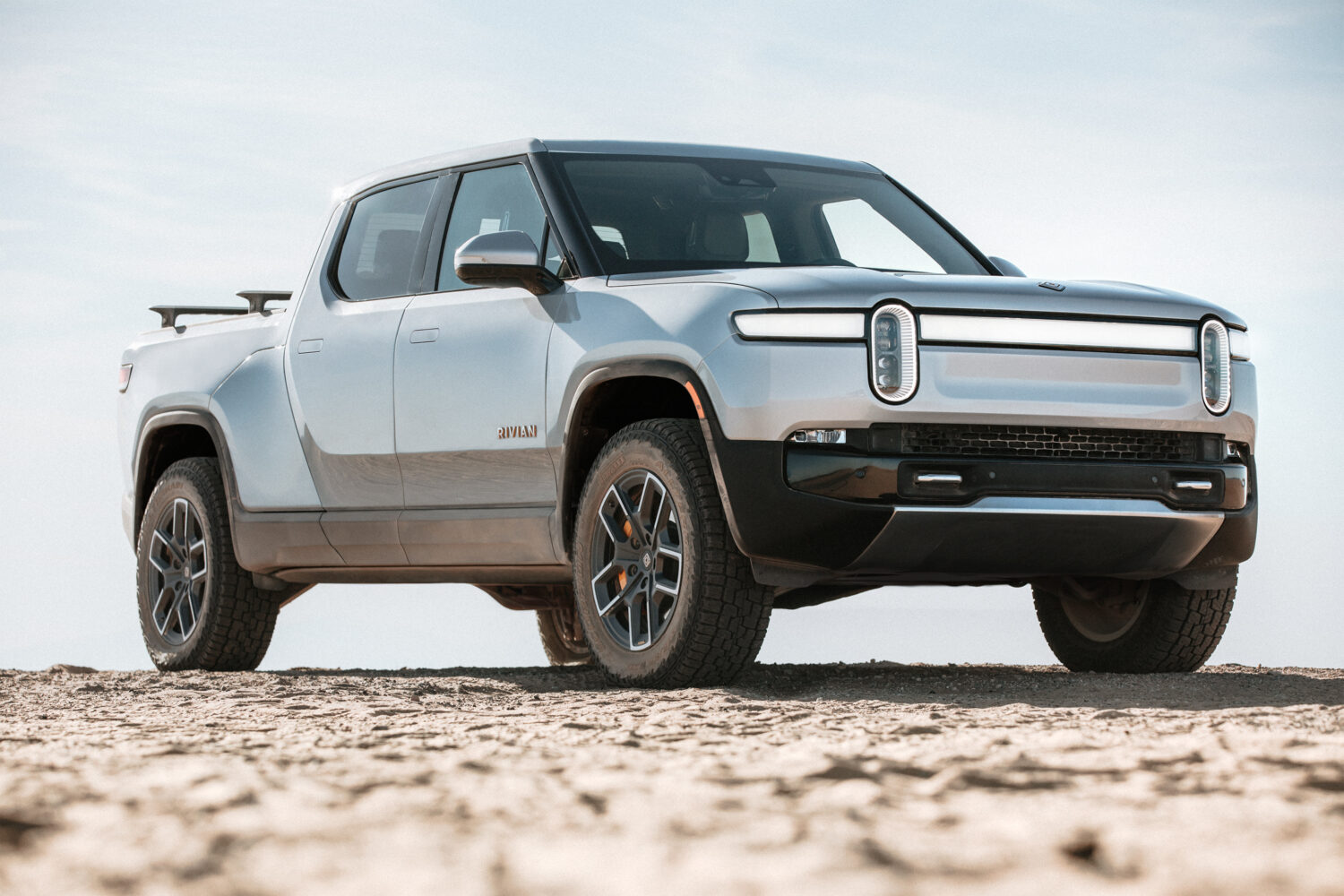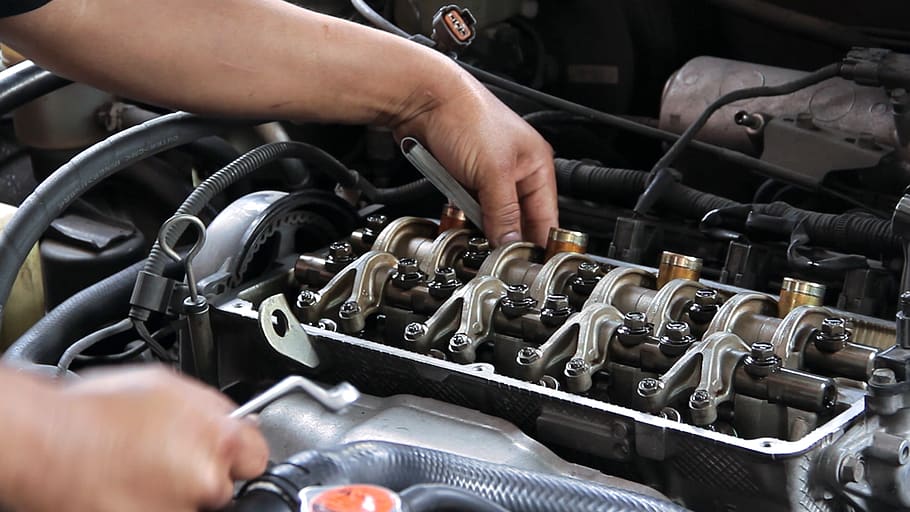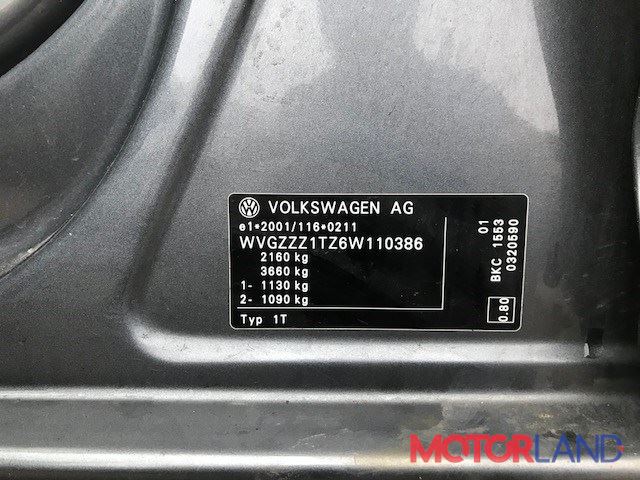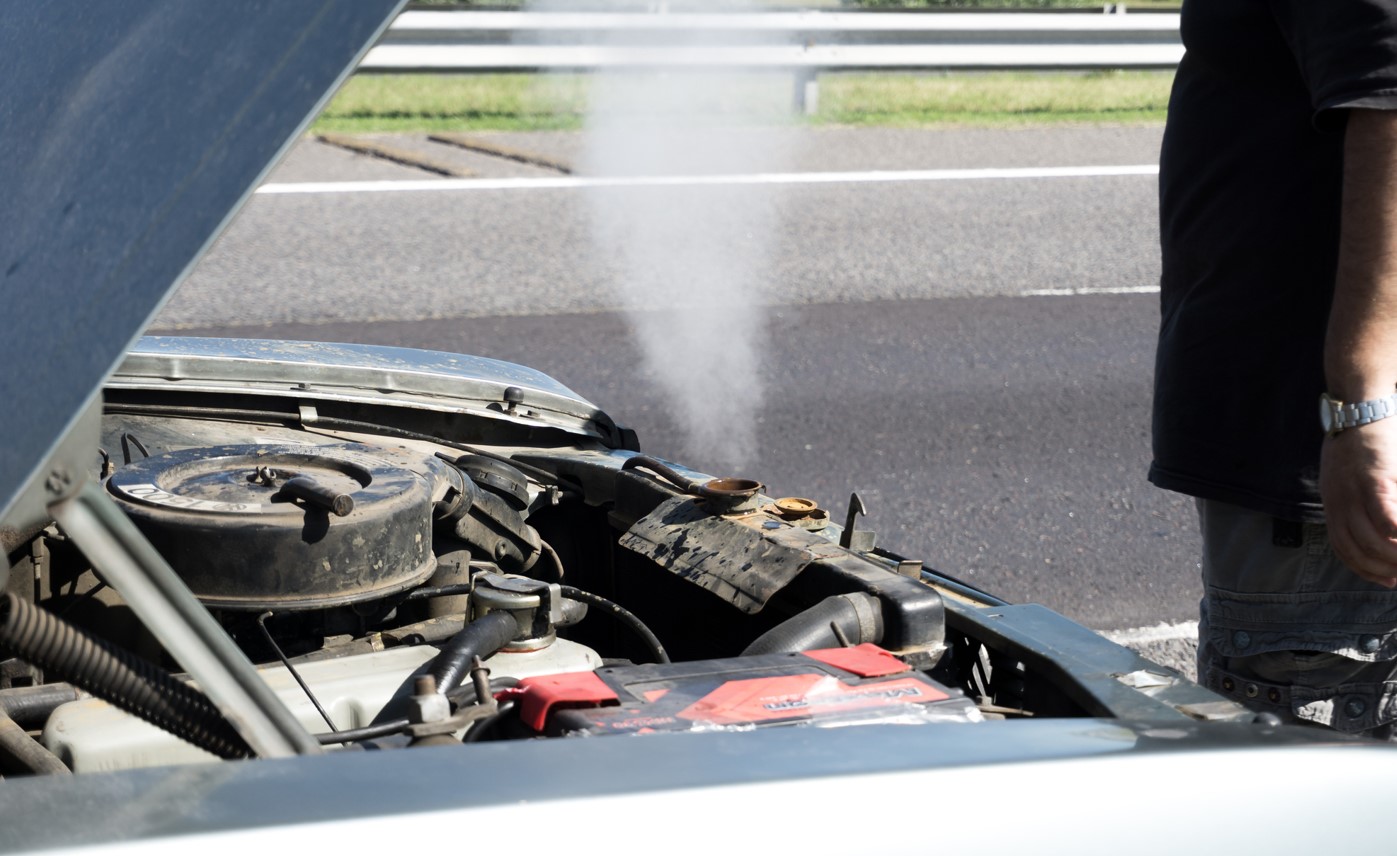Alright, gearheads, speed freaks, and tuning aficionados! Let’s talk tires. Specifically, those gloriously sticky, ultra-high-performance race tires you’ve been eyeing for your daily driver. The allure is undeniable: insane grip, blistering lap times… but is it really a good idea? We’ve all been there, fantasizing about that extra edge. But before you slap on a set of slicks for your commute, let’s dive deep into why daily driving on race tires is a recipe for disappointment, and potentially, disaster. We’ll address the common questions: “Will they make my car handle like a race car on the street?” “What’s the worst that could happen?” Get ready for some truth bombs, because the reality is far more nuanced than you might think.
Key Takeaways:
- Race tires are designed for a very specific purpose: maximizing grip in controlled, high-performance environments. They are not designed for daily driving.
- Daily driving on race tires leads to premature wear, reduced performance, increased road noise, and compromised safety in wet conditions.
- There are far better tire options available that offer a superior balance of performance, longevity, and safety for street use.
Understanding the Basics of Why You Shouldn’t Daily Drive on Race Tires
Think of race tires like a finely tuned race engine. They’re built for one thing and one thing only: peak performance under specific conditions. They achieve this through a combination of factors:
- Aggressive Compound: Race tires use incredibly soft rubber compounds that provide exceptional grip when heated to their optimal operating temperature. However, this soft compound wears down rapidly on abrasive street surfaces.
- Minimal Tread Pattern: Many race tires, like slicks, have little to no tread. This maximizes contact area with the road, but it also makes them incredibly dangerous in wet conditions. Water cannot be effectively channeled away, leading to hydroplaning.
- Stiff Sidewalls: Stiff sidewalls improve responsiveness and reduce flex during cornering. This is great on the track, but it also makes for a harsh and uncomfortable ride on the street, transmitting every bump and imperfection directly to the chassis.
Imagine trying to use a top fuel dragster to pick up groceries. Sure, you could, but it would be wildly impractical, inefficient, and probably end in tears (and a very expensive grocery bill).
Importance and Implications
Why does this matter to you, the tuner, gearhead, or speed freak? Because you’re all about maximizing performance, right? But performance isn’t just about raw speed; it’s about balance, control, and reliability. Daily driving on race tires throws that balance completely out of whack.
- Reduced Lifespan: Street driving is far more demanding on tires than track driving. Stop-and-go traffic, potholes, and varying road surfaces will shred a set of race tires in a matter of weeks, if not days. You’ll be throwing money away faster than you can say “apex.”
- Compromised Wet Weather Performance: As mentioned earlier, the lack of tread on many race tires makes them incredibly dangerous in the rain. Hydroplaning is a real and terrifying possibility.
- Increased Road Noise and Vibration: The stiff sidewalls and aggressive tread patterns (if any) generate significant road noise and vibration, making for an unpleasant driving experience.
- Reduced Ride Comfort: Prepare to feel every single bump and imperfection in the road. Your spine will thank you for choosing a more street-friendly tire.
- Legality: Depending on your local laws, running race tires on the street may even be illegal.
Practical Applications or Strategies
So, what’s the alternative? Simple: choose the right tire for the job. Here are some tips:
- Consider a High-Performance Street Tire: These tires offer a great balance of grip, longevity, and wet weather performance. Look for tires with a UTQG treadwear rating of 200 or higher.
- Match Your Tires to Your Driving Style: If you primarily drive on the street, prioritize tires with good wet weather performance and a comfortable ride. If you frequently track your car, consider a dedicated set of track tires.
- Proper Inflation: Maintaining proper tire pressure is crucial for both performance and safety. Consult your vehicle’s owner’s manual or the tire manufacturer’s recommendations.
- Regular Inspection: Inspect your tires regularly for wear and damage. Replace them when they reach the wear bars or show signs of cracking or delamination.
Expert Insights or Case Studies
I remember a story from a friend who worked at a tire shop. A guy came in complaining that his brand-new set of slicks were completely worn out after just a few weeks of daily driving. He was furious, claiming the tires were defective. After a bit of questioning, it became clear that he was using them for his daily commute, which involved a lot of stop-and-go traffic and rough roads. The shop owner tried to explain the limitations of race tires, but the guy just wouldn’t listen. He left in a huff, convinced he’d been ripped off. This is a classic example of someone using the wrong tool for the job and expecting it to perform miracles.
Conclusion:
Daily driving on race tires is a tempting proposition, but it’s ultimately a bad idea. The reduced lifespan, compromised wet weather performance, increased road noise, and reduced ride comfort far outweigh any perceived performance benefits. Choose the right tire for the job, and you’ll be much happier (and safer) in the long run. Remember, performance is about balance, and a balanced approach to tire selection will always yield the best results.
Frequently Asked Questions:
What is Why You Shouldn’t Daily Drive on Race Tires?
It’s the understanding that race tires, designed for optimal grip in specific racing conditions, are unsuitable and often detrimental for everyday street use due to their construction, compound, and performance characteristics.
Why is Why You Shouldn’t Daily Drive on Race Tires important for Tuners, gearheads, speed freaks?
Because understanding this prevents wasting money on rapidly wearing tires, avoids dangerous situations in wet conditions, and ensures a more comfortable and safer driving experience on the street.
How can I apply the concepts of Why You Shouldn’t Daily Drive on Race Tires in my context?
By selecting tires that match your primary driving environment (street vs. track), considering factors like treadwear rating and wet weather performance, and prioritizing safety and longevity over ultimate grip for daily use.
Where can I learn more about Why You Shouldn’t Daily Drive on Race Tires?
Consult tire manufacturer websites, automotive forums, and reputable automotive publications for detailed information on tire selection and performance characteristics. Look for reviews and comparisons of different tire types to find the best option for your needs.









